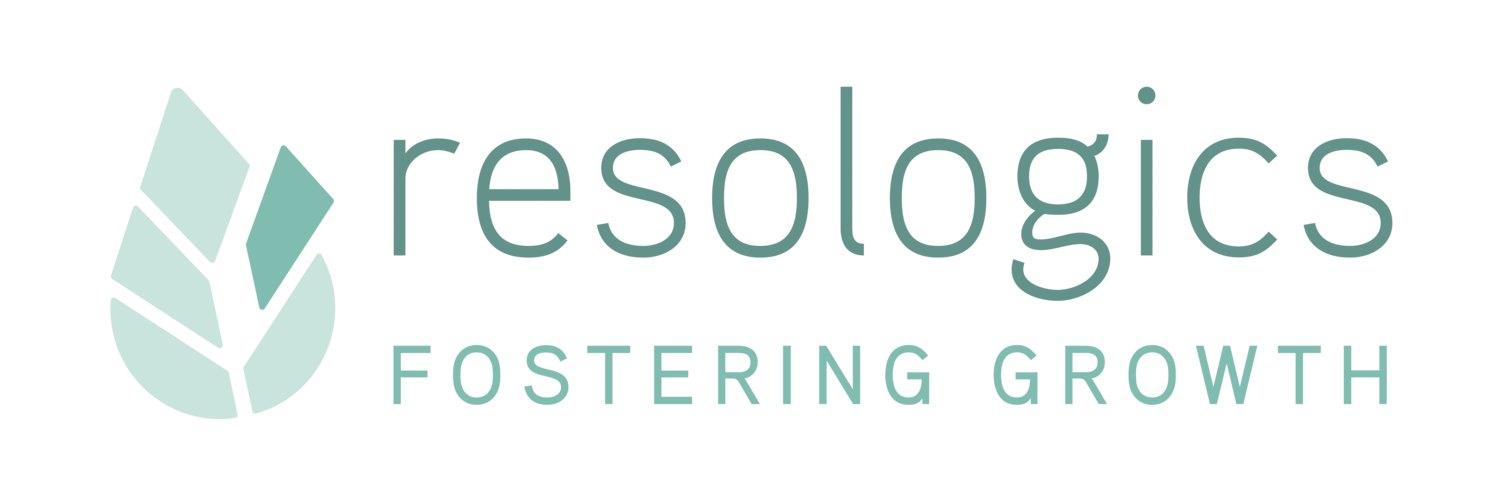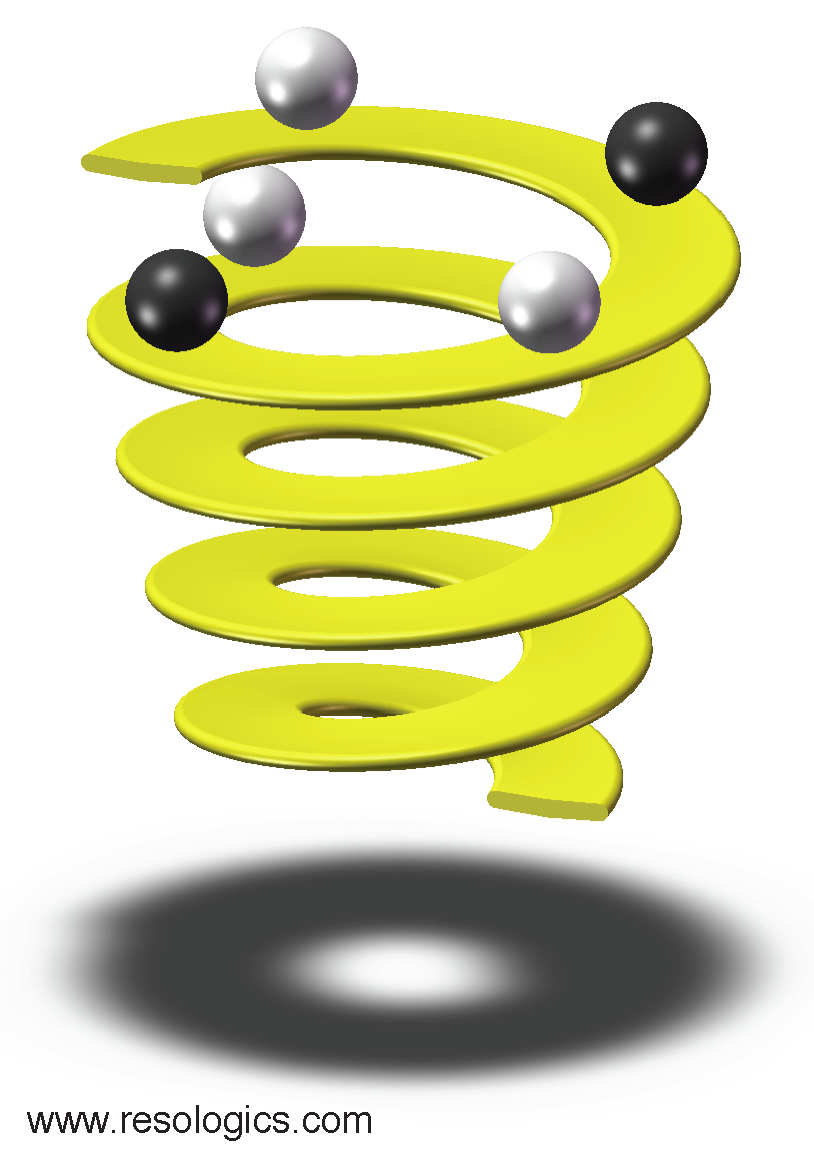Conflict Spirals Within Business Teams
/Knowing when you or your team is in a conflict spiral, and how to exit from it, is critical in supporting high performance and consistent growth.
The healthy environment in business teams where strong relationships and bold ideas mix and bang together is called the Creative Tension Zone. Teams fall out of the Creative Tension Zone for a variety of reasons. Some simply lag in a place where results are lacking, while others go too deep into the tension zone and fall over the cliff into areas that damage team dynamics and culture. In my last post I spoke about how critical it is to know where you and your team are on the Conflict Curve in order to make good decisions in “real time.” In this post I’ll lay out the idea of the Conflict Spiral.
What is a conflict spiral? Simply put, conflict spirals are interactions in which multiple behaviors by multiple people, coupled with the interpretations of those behaviors, result in an escalating system of destructive behaviors. They can happen with very little warning, or with a lot. They can last minutes, or years – and everything in between. They can start around things as simple as where and when a team meeting is to be held and as complex as a proposed equity split for a key C level founder whose role is becoming less and less clear. Staying in a spiral to its natural end often leads to broken relationships, loss of trust, slowed production, attrition, and the list goes on…
It is very difficult to see that you are in a conflict spiral from the inside. Here’s why…
The Anatomy of a Conflict Spiral:
In most workplace situations, there is a very basic system of action and reaction. Person A exhibits some behavior towards Person B, and Person B interprets what has been said or done. Then, Person B exhibits a behavior back to Person A. We do this all day, every day, in order to get anything done. In some cases Person B will interpret Person A’s behavior as negative. Person B may then exhibit a behavior toward Person A that is more likely to be interpreted as negative or harmful. Person A may then also exhibit a negative or destructive behavior. This self-perpetuating circle of behaviors, interpretations, and new behaviors creates the spiral.
Causes for Our Interpretations and Reactions:
As a mediator coming in at the bottom of a spiral I often hear from Person A that s/he didn’t mean what Person B interpreted at the very beginning. Often, that turns out to be true, and Person B simply got it wrong. However, the reaction complicated the interchange. In other cases A had meant exactly what B interpreted, and some systemic issue in the team had triggered that behavior. Nobody had sensed how far s/he had gone into the spiral until it was nearly impossible to exit.
Why and how do we interpret behaviors? A very complex subject indeed. At the core of a Conflict Spiral, though, is the idea that each of us has both unique genetic tendencies and unique learned patterns. That means that every interaction starts from a place of differences, which suggests that we must constantly be aware of our own reactions and understand why we react in particular ways. Is the source behavior really disruptive or is that my interpretation? Will I be curious about my/their behavior, or am I going to go with my gut feeling and react? How can I be sure what works best?
This expanded diagram shows a short list of ten potential attributes that may affect your interpreting. I developed the list from a couple of startup workshops I gave on this subject, and the list could be broadly expanded. Bookstores are full of resources to help us understand ourselves and the people around us. From managing teams and empathy, to understanding mirror neurons, it’s all about deeper understanding and managing relationships well. When we understand what makes us tick, we can start to see when and why we are involved in a conflict spiral and how we may be able to exit and recover.
Other Important Factors – In Brief: (these two factors, and many others, deserve an entire post)
- Neuroscience and Flooding – We are physical beings with physical reactions. One example of how this may affect us during a conflict spiral is being able to notice when our Fight-or-Flight response has been triggered. Under the right circumstances our adrenal system produces chemical(s) that put us in an abnormal state of interpreting. That chemical flooding can last twenty minutes or more in our system before it flushes itself out, and we return to normal. Has this natural phenomenon got you or the other person in its grips? What can you do to work with or around this when it happens?
- Conflict Triggers – Each of has personal and emotional attributes that are so important that when threatened, we are “triggered” so that our normal way of working through things can be disrupted. These factors are within us (not the other), and often the person on the other side of the exchange has no idea what has happened. We are often unaware as well. The core identities/triggers defined by Dr. Stella Ting-Toomey and introduced to me by Dr. Tammy Lenski are Competence, Autonomy, Inclusion and Worthiness. Each of us will find some or all of them important when someone or a situation puts us at risk of losing one of them.
Here’s the big learning part… Exiting the Conflict Spiral:
When you have recognized that you are in a conflict spiral, get out. It’s that simple, and there are no exceptions*. And, there are only two ways out:
- Change your own behavior;
- Change how you understand the other person’s behavior;
Now, I’m not advocating for 100% kumbaya sorts of resolutions where everyone walks away hugging and holding hands. That could happen, or you may finally settle the situation by firing an employee or even quitting a miserable position. I am advocating 100% for stepping back (exiting) long enough to see that a spiral is happening so that you can make more rational decisions that you won’t regret later.
Actions to get out of fast moving spiral;
- See it as a spiral
- Take a break, at least 20 minutes long
- Figure out a different way to engage to avoid reentering the spiral
Actions to get out of a slower moving spiral or the fast one that you have just exited;
- Ask yourself – what is going on for me that is making me react in this way?
- Ask yourself – what could be going on for the other person(s) that is making them behave/react in this way?
- Figure out a different way to engage and don’t re-enter the spiral.
Next post I’ll consider actionable things we can all do in our businesses when we have recognized that we may be headed into the unproductive side of Creative Tension…
Take care out there!
Mark
*The risk of physical harm is always possible and must be considered. The above post is meant to address interactions between people that most likely will not devolve into physical actions against one another.
About Resologics: Teams exist to produce results and Resologics exists to produce super-creative, high-performing teams that know how to work with and manage conflict well. Based in the Bay Area of CA, USA, Resologics provides integrated and proactive training, Ombudsman services, team development, and dispute resolution services that enable fast paced, uninterrupted, and fun growth in startups. More information can be found at www.resologics.com Contact @ 510.314.8314 / info@resologics.com
http://www.linkedin.com/company/resologics





When we join a company, partnership or team, our expectation is that everyone involved will exhibit professional behavior toward us and each other. Instead, it’s highly possible that we may become one of the more than 60 million adults in the United States who are affected in some way by bullying behavior at work.
What kind of behaviors are we talking about? Our definition is any interpersonal behavior that causes emotional distress in others sufficient enough to impede their productivity or disrupt organizational functioning. It isn’t just a personality conflict — it’s a chronic pattern of disrespectful behavior.